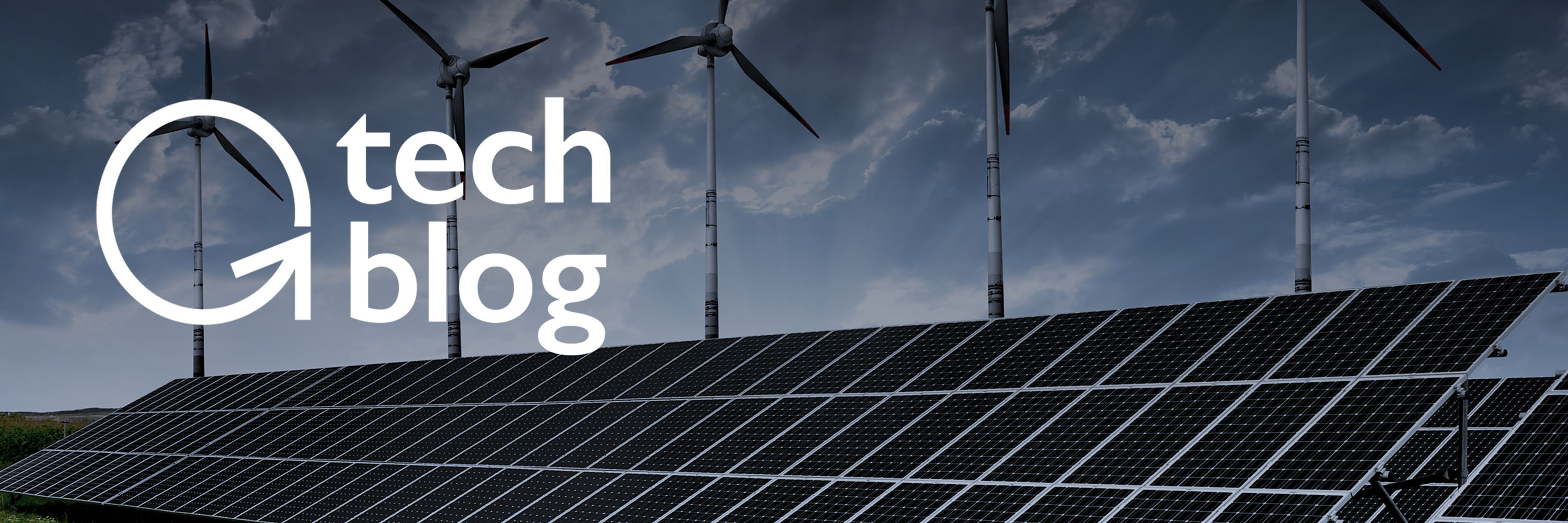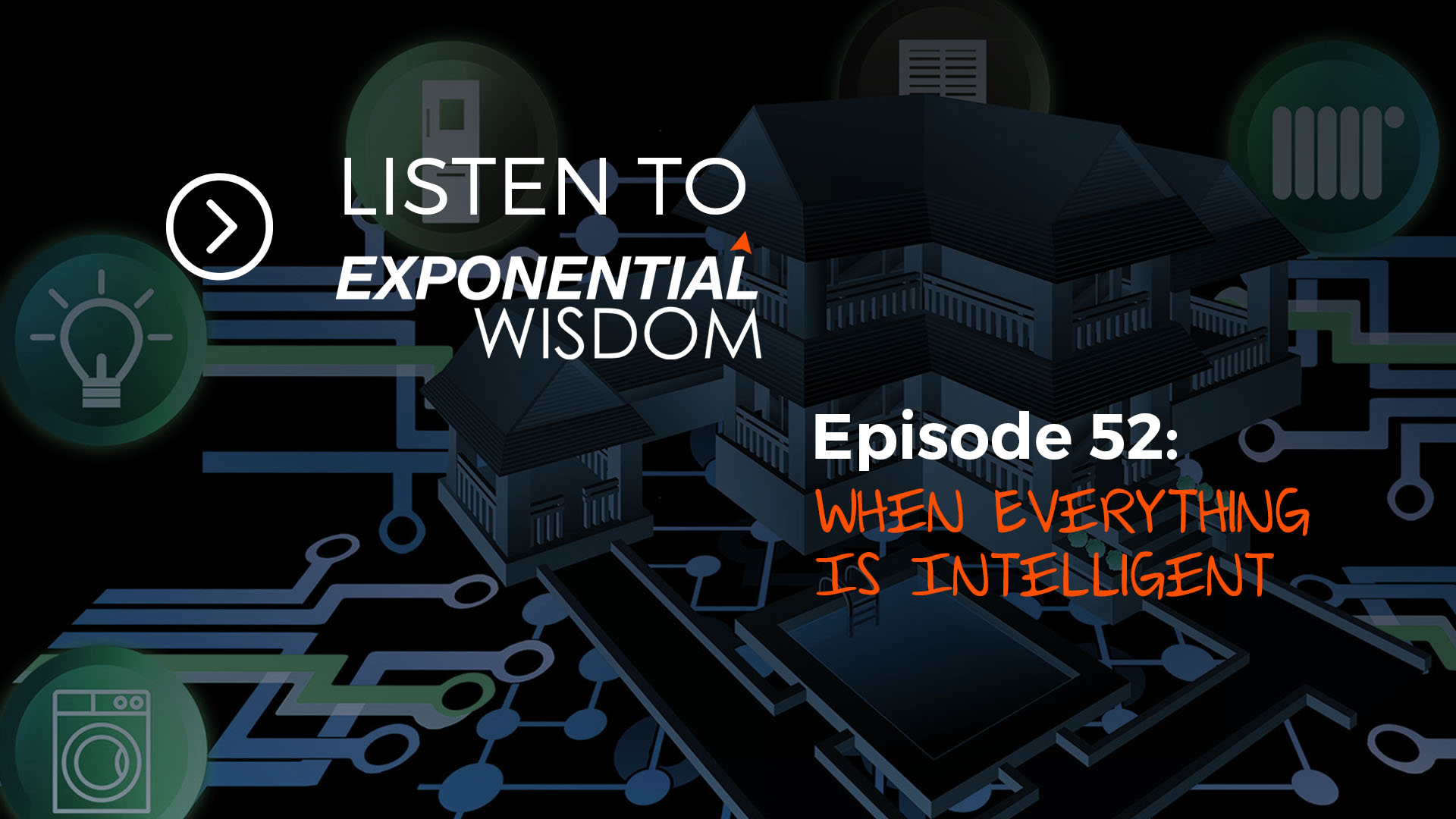
Every five days, the Sun provides the Earth with as much energy as all proven supplies of oil, coal and natural gas.
If humanity could capture just one part of 6,000 in available solar energy, we’d be able to meet 100 percent of our energy needs.
We’re about to enter an age of energy abundance.
This year, Peter brought Ramez Naam to Abundance 360 to explore how converging exponential technologies will reshape the energy industry in the years and decades ahead.
Naam spent 13 years as a Microsoft executive, and now heads the Energy track at Singularity University. He is a brilliant speaker, an acclaimed science fiction writer and one of Peter’s dear friends.
Before we dive in, here is some context:
As the video notes, the poorest countries in the world are also the sunniest, which means that the entire planet will benefit from the coming energy revolution.
P.S. Send any tips to our team by clicking here, and send your friends and family to this link to subscribe to Abundance Insider.
Plummeting Solar Costs
Energy is a $6 trillion per year industry, and it’s ripe for disruption.
In his A360 remarks, Naam explained how the price of solar will further plummet while efficiency and accessibility will dramatically improve.
Some evidence of disruption Naam highlighted:
- Peabody, the largest private sector coal company on Earth, went bankrupt in 2014, about three years after its peak.
- In 2017, China canceled plans for 151 coal power plants -- some $80 billion of planned projects that will no longer happen.
- India canceled almost $9 billion of coal plants in a single month (June 2017).
- Shell Oil predicts that peak oil demand will arrive sometime between 2021 and 2029.
Over the past 40 years, the cost of solar panel materials has dropped 250x as a result of innovations in materials science.
Naam noted some major price milestones over the past year:
- Where: Tucson, Arizona. Cost: 4.3 cents/kWh.
- Where: Chile. Cost: 2.91 cents/kWh.
- Where: Mexico. Cost: 2.7 cents/kWh.
- Where: Abu Dhabi. Cost: 2.42 cents/kWh.
The 2.42 cents/kWh deal signed in Abu Dhabi is the lowest unsubsidized cost per kWh ever signed anywhere in the world.
And with the anticipated convergences of machine learning, quantum computing and materials science, exponential improvements in solar panel materials will only accelerate.
“It's like a digital shift in price, but in the most important physical infrastructure piece we have, which is energy,” explained Naam. “So now we're hitting crossover, the point at which, in the sunniest parts of the world, solar is simply the cheapest energy you can buy, period, unsubsidized.”
The digitization of solar technology improvements is clear. The materials science of solar is a close cousin to that of computation: both rely on semiconductor and thin film technologies at their core.
With an exponential price decline in solar material cost, what other innovations must happen to truly approach dematerialized solar?
Currently, the amount of solar installed each year increases by 35 to 40 percent.
Considering this growth, we’ll see secondary and tertiary accelerants to the already exponential nature of solar.
Two-thirds of the cost of solar comes from soft costs -- land, panel framing, solar trackers, maintenance, and so on. (Effectively everything besides the panels themselves.)
While robotic and automated solar trackers have been part of solar construction for some time, robotic labor and maintenance are about to disrupt the industry.
One megawatt of solar power is estimated to require 8 acres of land. U.S. solar capacity is on the order of 3,000 megawatts (only 0.65 percent of U.S. power produced), about 24,000 acres of solar-covered land. Extrapolating the 8-acre-per-megawatt estimate to a time when solar dominates 10 percent of U.S. energy, and we’ll need over 1.6 million acres of solar installations.
1.6 million acres is a lot of land to cover and maintain -- for humans.
Solar farm robots will range from autonomous solar-panel-installing trucks to robotic solar panel technicians and surveillance drones and sensors detecting broken panels.
Removing the added cost of labor associated with laying acres of solar panels will be a secondary accelerant to lowering the cost of solar.
A tertiary accelerant happens when we can use renewable energy overnight and during inclement weather.
Energy Storage Shakeup
The utility of renewable energy generators is ultimately linked to our ability to store the harnessed energy.
Exponential advances in renewable technologies will converge with exponential advances in storage technology. We’re in the middle of an energy storage shakeup.
“Storage is the new solar,” says Naam. “This is where we’re seeing the rapid price plunge that’s now changing everything.”
To contextualize how rapidly storage technologies are improving, lithium-ion battery costs have dropped 5x over the past eight years.
Battery prices are decreasing at nearly the same rate as solar prices decreased, but a decade later.
Taking Action
Naam described four ways that entrepreneurs can take action:
- Watch the exposure of your supply chain to fossil fuel disruption.
- Get efficient and cut your energy costs in production (for example, by tapping into services like Sparkfund).
- Get flexible and think about energy-intensive investments.
- Invest in the future.
Peter often says that we are living in the most opportunity-filled time in human history.
An abundance of energy enables an entirely new era of innovation, with untold implications on everyday life and the global standard of living.
As a leader, how will you prepare for this change?
Last year, I ran a competition to find my next “Strike Force” interns. Max Goldberg and Claire Adair won the competition, and joined me at Abundance 360 as special correspondents. This blog featured key insights from A360 on the energy revolution, as written by Max and edited by Marissa Brassfield.
Also read: TOP 50 MOON SHOTS
INTERESTED IN JOINING ME? (TWO OPTIONS)
- A360 Executive Mastermind: This is the sort of conversation I explore at my Executive Mastermind group called Abundance 360. The program is highly selective, for 360 abundance and exponentially minded CEOs (running $10M to $10B companies). If you’d like to be considered, apply here. Share this with your friends, especially if they are interested in any of the areas outlined above.
- A360 Digital Mastermind: I’ve also created a Digital/Online community of bold, abundance-minded entrepreneurs called Abundance 360 Digital (A360D). A360D is my ‘onramp’ for exponential entrepreneurs – those who want to get involved and play at a higher level.
Know someone who would benefit from getting Abundance Insider? Send them to this link to sign up.
P.S. I've just released a podcast with my dear friend Dan Sullivan called Exponential Wisdom. Our conversations focus on the exponential technologies creating abundance, the human-technology collaboration, and entrepreneurship. Head here to listen and subscribe.
Topics: Transportation






